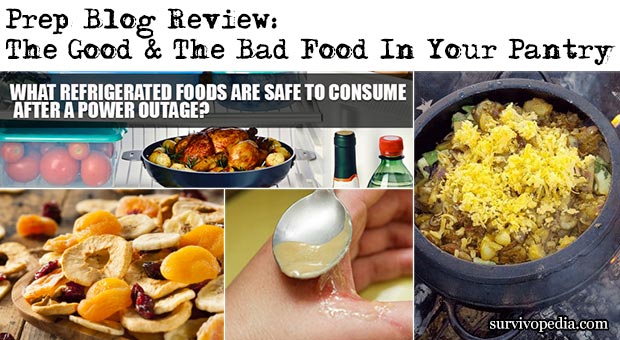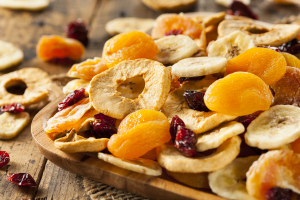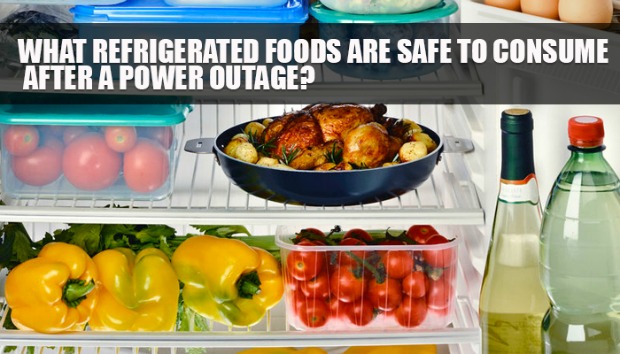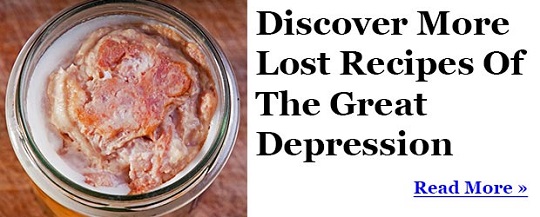You probably already have a well-stocked pantry for survival, but have you checked the foods lately? While some foods from are a bless and you can use them for several purposes in a survival situation (e.g. honey), there are other foods that you are stockpiling without knowing how dangerous they are.
Since there are good foods and bad foods in your pantry, for this week’s prep blog review I’ve gathered four articles on this topic to help you check your stockpile and make sure the food you choose for a survival situation is healthy, nutritious and won’t put your life in danger.
- 23 Survival Uses for Honey that You Didn’t Know About

Types of Honey:
While you may be thinking solely of the little grocery store bears, there are literally thousands of different types of honey. We’ll go over some of the varieties noted for their health benefits.”
Read more on Ask A Prepper.
- How to Avoid This Dangerous Preservative Found In Dried Fruit
“If you opened up a pantry belonging to any prepper, you’d most likely find a veritable cornucopia of dried foods within.
It’s pretty much a staple for preppers. Unfortunately, dried foods of all kinds often come packaged with preservatives that aren’t so healthy.
It can be a real challenge to find long-lasting foods that you would want to eat during an emergency, that aren’t also filled with toxic preservatives.”
Read more on Ready Nutrition.
- What Refrigerated Foods are Safe to Consume after a Power Outage
“Time is not your friend when the power goes out and your refrigerator stops cooling. Typically, if the door is not opened food should stay within a safe temperature for four hours.
What is a safe temperature for fresh meats, and other perishables?
Forty degrees Fahrenheit or below, if raw ground beef, for example, is stored for longer than two hours above 40° F it must be discarded, it is simply not safe to eat because of the growth of possibly harmful bacteria.”
Read more on Preparing For SHTF.
- Wise Food Storage for Long-Term Survival
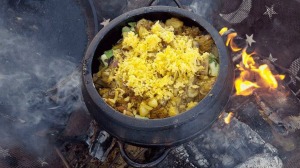
The value of these MRE meals were that they provided a heavy dose of calories with very little, if any, preparation time required.
When time allotted, we would use heat tabs to warm up our meals in order to make them more comforting.
But regardless of how much tabasco sauce, salt, or pepper that we added to these MRE’s, the outcome was usually the same…the taste was horrible and our digestive system paid one hell of a price!”
Read more on Survival Life.
This article has been written by Drew Stratton for Survivopedia.


